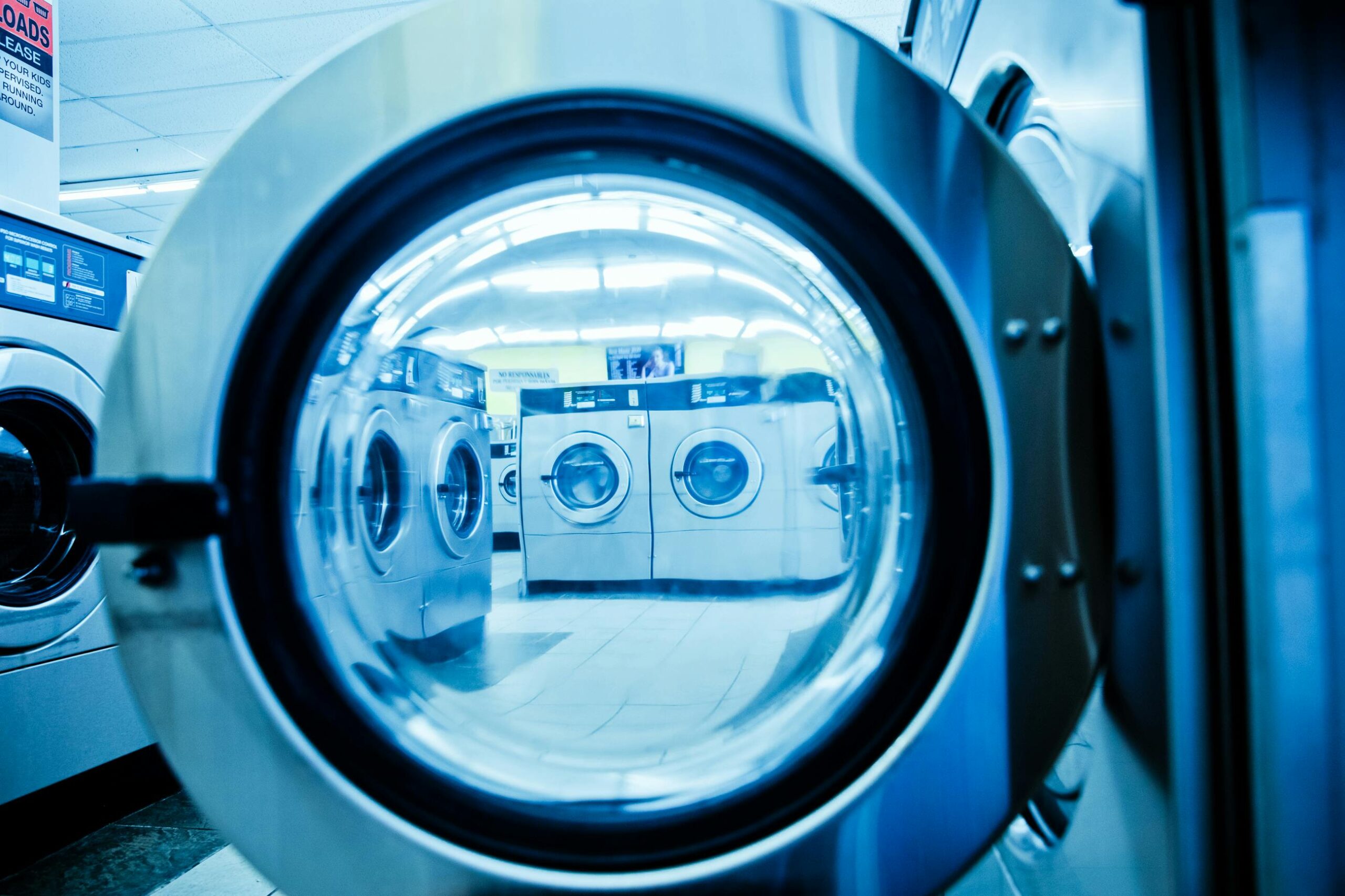Return on investment (ROI) is one of the most critical performance indicators for any laundromat owner. It measures how effectively your capital is being used to generate profit, allowing you to make smarter decisions about expansion, upgrades, pricing, and operations. While laundromats are known for their consistent cash flow and recession resistance, ROI can vary significantly depending on location, machine mix, operating costs, and customer volume.
To truly understand your business’s profitability, you need to look beyond gross income and evaluate net margins, time-to-recovery, and reinvestment strategies. Every decision—from installing new washers to adding a mobile app—can either increase or drag down ROI. Understanding the numbers helps you avoid waste and prioritize high-impact improvements. In a competitive industry, mastering ROI isn’t optional—it’s essential for growth.
What Is ROI in the Laundromat Industry?
Laundromat ROI is the percentage of your initial investment returned annually as profit after covering all operating costs. It’s typically calculated by dividing annual net income by total capital invested, then multiplying by 100. A healthy laundromat often yields a 20% to 35% annual ROI, depending on scale, efficiency, and debt service. Unlike many small businesses, laundromats enjoy low labor requirements and stable demand, which can accelerate profitability.
However, ROI is sensitive to rent, utility costs, equipment age, and competitive saturation in the market. It’s important to calculate ROI conservatively and review it annually based on actuals, not just projections. Accurate ROI assessments empower better budgeting, financing decisions, and growth planning.
Key Factors That Influence Laundromat ROI
Several operational and financial variables directly impact your return on investment:
- Machine Efficiency and Utility Costs
High-efficiency machines use less water and energy per load, which boosts profitability. Older models may cost less upfront but will reduce ROI over time through higher utility bills. - Customer Volume and Turnover Rate
The more loads you run per day, the faster your revenue accumulates. Turnover depends on location quality, pricing, and customer convenience. - Payment System and Cycle Pricing
Smart pricing models, such as peak/off-peak rates or premium cycles, can increase revenue per machine. Cashless payments also reduce theft and shrinkage, protecting margins. - Maintenance and Equipment Downtime
A broken machine is a non-earning asset and quickly erodes profit. Investing in preventative maintenance improves ROI by maximizing uptime. - Lease Terms and Real Estate Costs
Lower rent yields stronger net margins and improves ROI over time. However, poor locations with cheap rent can reduce volume, so balance is key.
Each of these factors requires constant monitoring and adjustment to ensure optimal performance. Your ROI is only as strong as your weakest operational link.
Capital Investment: Start-Up Costs and Payback Period
The initial investment for a laundromat typically ranges between $200,000 and $1 million, depending on whether you’re buying an existing business or building from scratch. Start-up costs include commercial washers and dryers, leasehold improvements, utility infrastructure, signage, technology systems, and working capital. The average time to recoup this investment is 3 to 5 years, assuming stable operations and positive cash flow.
However, ROI is not just about breaking even—it’s about long-term return beyond your breakeven point. Strategic upgrades (like cashless payments or energy-efficient machines) may increase your initial cost but shorten your payback window. Tracking cash flow monthly helps you identify whether your business is on pace or requires intervention. Investors should always compare the projected ROI against other business opportunities before committing.
Boosting ROI Through Operational Efficiency
Improving efficiency is one of the fastest ways to lift your laundromat’s ROI without needing to add new machines or raise prices. Efficiency means getting more revenue out of the same physical space and equipment through smarter operations and reduced waste. Start with your staffing: if your business model allows unattended operations supported by remote monitoring, you can cut labor costs substantially.
Energy and water usage also play a huge role—smart thermostats, high-efficiency boilers, and LED lighting can reduce monthly bills. Consider optimizing store layout to reduce customer bottlenecks and improve flow between machines and folding areas. Offering multi-load machines with variable pricing encourages higher per-cycle spend without additional utility consumption. An efficient laundromat maximizes earnings per square foot—one of the most important metrics in ROI tracking.
Technology’s Role in ROI Optimization
Modern laundromat technology can significantly boost ROI by automating tasks, reducing shrinkage, and increasing per-customer revenue.
- Cloud-Based Management Systems
These platforms allow you to monitor revenue, machine uptime, and peak usage hours from anywhere. Owners can optimize performance across multiple locations with minimal travel or overhead. - Cashless and Mobile Payments
Customers tend to spend more and return more often when using app-based or card payments. These systems also reduce theft, speed up transactions, and simplify accounting. - Loyalty Programs and Promotions
Digital rewards can drive frequency and average ticket value. These programs often pay for themselves within months when implemented properly. - Smart Diagnostics and Predictive Maintenance
Connected machines alert you when parts need service or cycles are underperforming. Fixing problems before they escalate prevents lost revenue from downtime.
Technology also improves data transparency—giving you better tools to understand ROI drivers. Every digital tool you implement should have a measurable performance goal
Measuring and Tracking ROI Over Time
Monitoring your laundromat’s ROI isn’t a one-time activity—it’s an ongoing process. Owners should track performance monthly, quarterly, and annually to identify seasonality, revenue dips, or utility spikes. Use bookkeeping software or integrated laundromat dashboards to consolidate revenue, expenses, and machine data. Benchmark each metric against past performance and peer businesses in your market.
Create a KPI sheet that includes earnings per machine, revenue per square foot, gross and net margins, and customer retention rates. Conduct ROI analysis before and after any significant capital expense to validate the impact. This habit of disciplined measurement helps you course-correct early and identify hidden leaks in profitability.
Planning for Long-Term ROI Growth
True ROI mastery goes beyond cost-cutting—it includes reinvestment for strategic growth. Once your core business is stable, consider scaling your impact through smart expansion or service diversification. This could include adding pickup/drop-off laundry, vending, dry cleaning, or delivery. You might also reinvest in a second location, supported by your existing management systems. Every growth decision should be ROI-tested—compare upfront costs, expected margins, and payback period. Balance reinvestment with liquidity so you’re never overleveraged. Long-term ROI growth isn’t just about making more—it’s about making smarter.








